We grew up sleeping in a dark room, with a dim side lamp or sometimes not even a flicker of light. It felt natural. But science says the right color light can do more than just help you see in the dark. It can lull you into deep sleep, speed up melatonin production, repair muscle fatigue, and even enhance brain clarity the next morning.
Majorly, the lights that help us sleep faster and calmer are -
-
Red
-
Amber
-
Warm Orange
-
Soft Pink
-
Shade of Blue
-
Peach Tones
Let’s dive into the science behind these soothing lights, how they interact with our body’s natural rhythms, and the simple devices you can use daily to calm the brain through light and sound.
What Color Lights Help You Sleep Faster?
As mentioned earlier, shades like red, amber, and warm orange promote deeper sleep by boosting melatonin, the hormone responsible for rest. These hues help relax the brain, repair muscle fatigue, and even support better cognitive function overnight. On the other hand, blue, white, and bright cool lights can keep your brain awake and wired.
1. Red Light
Best for: Deep sleep, melatonin production, skin regeneration, hair growth
Red light is widely considered the most sleep-friendly color. Unlike blue or white light, red light has a low color temperature, which means it doesn't confuse your internal clock. Instead, it helps your body release melatonin, the sleep hormone, naturally.
But it doesn’t stop at sleep. Red light therapy is a growing trend in wellness it stimulates collagen production, boosts blood circulation, and even enhances hair growth by rejuvenating hair follicles. It’s a great multi-purpose light for sleep and cellular repair.
Use it: As a bedside lamp, night bulb, or a red LED sleep light to signal wind-down time to your brain.
2. Amber Light
Best for: Pre-sleep calm, eye comfort, anxiety relief
Amber light closely mimics candlelight or a campfire glow. Its warm tones are calming and comforting, making it perfect for reading, journaling, or meditation before sleep. Unlike harsh white or blue light, amber tones don’t interrupt melatonin production, and they’re easier on the eyes.
It's also helpful for people with sensory sensitivities or anxiety, as the softness of amber can regulate mood and reduce overstimulation.
Use it: In salt lamps, low-light amber night bulbs, or as your last light before bedtime.
3. Warm Orange Light
Best for: Mood relaxation, sleep environment setup
Orange tones fall somewhere between amber and red, giving off a sunset-like glow that naturally tells your body it’s time to wind down. These lights work beautifully in bedroom settings to set the mood for rest, especially if you follow a routine like stretching, journaling, or listening to calming music.
While not directly linked to melatonin like red light, warm orange lighting creates an emotionally safe and mentally calming atmosphere a big plus if stress is what keeps you up at night.
Use it: In smart bulbs with sunset settings, or paired with essential oils in diffusers for full relaxation.
4. Soft Pink or Peach Tones
Best for: Emotional relaxation, sleep aesthetics, meditation
Soft pink and peach lights are more about mood support than hormonal stimulation. These colors create a serene vibe that’s perfect for gentle activities like stretching, meditating, or winding down with soft music. While they don’t actively boost melatonin, they reduce mental noise, especially helpful in creating a bedroom that feels like a personal retreat. Improving posture while sleeping can also help.
They also work beautifully when paired with white noise machines or sound therapy, helping trigger emotional calmness, crucial for good sleep hygiene.
Use it: As ambient lighting in bedrooms, or in Himalayan salt lamps with a pink glow.
5. Purple Light (Use Sparingly)
Best for: Short relaxation bursts, mood regulation, mental fatigue relief
Purple light combines both red and blue wavelengths, which can be calming but tricky. While not ideal for bedtime exposure due to its mild blue light component, it’s been found useful in short relaxation routines or 10-15 minute meditative breaks before you transition into red/amber lighting.
Some studies suggest purple light exposure may help with tension headaches and mental fatigue, especially in low doses.
Use it: In moderation, for short evening wind-downs or as part of color therapy routines.
6. Blue Light (To Be Avoided Before Sleep)
Best for (during the day): Focus, productivity, skin treatments
Worst for (at night): Sleep disruption
Blue light is everywhere from phones to TVs to LEDs. While great for daytime alertness and focus, blue light tells your brain it’s still daytime, suppressing melatonin and keeping you wide awake. Exposure before bed can push your sleep cycle back by hours.
That said, blue light does have daytime benefits, such as being used in dermatological therapy to treat acne, or in light boxes to treat seasonal depression (SAD). Just not before sleep!
Avoid it: 2 hours before bedtime. Use blue-light filters on screens or wear blue-light blocking glasses at night.
7. Green Light (Use with Caution)
Best for: Migraine relief (in medical settings), not for sleep
The green light has mixed effects. Some studies claim it may help regulate melatonin slightly, while others show it can delay REM sleep if overused. Its most recognized use is in migraine therapy, where narrow-spectrum green lights help reduce pain and nausea for sensitive patients.
It’s not widely recommended for sleep improvement, but may be used in controlled doses for specific health benefits.
Use it: Only under specific guidance, like migraine therapy. Avoid using it for general bedtime lighting.
Devices You Can Use for Better Sleep
Today’s wellness tech goes beyond just turning off the lights. From sunset-mimicking smart bulbs to red light therapy lamps, there are plenty of devices designed to help your brain recognize it’s time to rest.
Among these, a newer category is making waves devices that stimulate the brain through gentle light and sound frequencies. That’s where tools like neuroVIZR come in. Without being intrusive, neuroVIZR uses non-invasive light and neural stimulation to promote relaxation, improve focus, and help reset your internal rhythm not just for sleep, but for mental clarity throughout the day.
FAQs
1. What color light is scientifically proven to help you sleep faster?
Red and amber lights are the most sleep-supportive. They stimulate melatonin without activating your brain’s alertness response, unlike blue or white lights.
2. Can the right lighting actually improve my sleep quality?
Yes. Lighting affects your circadian rhythm. Warm hues like red, amber, and soft orange signal your body that it's time to rest, making it easier to fall asleep and stay asleep.
3. Are there any devices that help me wind down using light?
Absolutely. You can try sunset lamps, red light therapy bulbs, or smart LED bulbs that change color as per your routine. Even sunrise alarm clocks help reset your sleep-wake cycle naturally.
4. What is neuroVIZR and how does it help with sleep?
neuroVIZR is a brain wellness device that uses non-invasive light and sound stimulation to promote relaxation, focus, and better sleep. It helps reset your brain’s rhythm by gently engaging it with calming frequencies — ideal for people struggling with restlessness or mental fatigue.
Disclaimer: neuroVIZR is a wellness device created to promote relaxation, focus, and overall brain wellness. It is not a medical device, does not provide diagnoses, and is not intended to treat, cure, or prevent any medical condition. The device is not suitable for individuals with epilepsy. Experiences and results may vary from person to person.

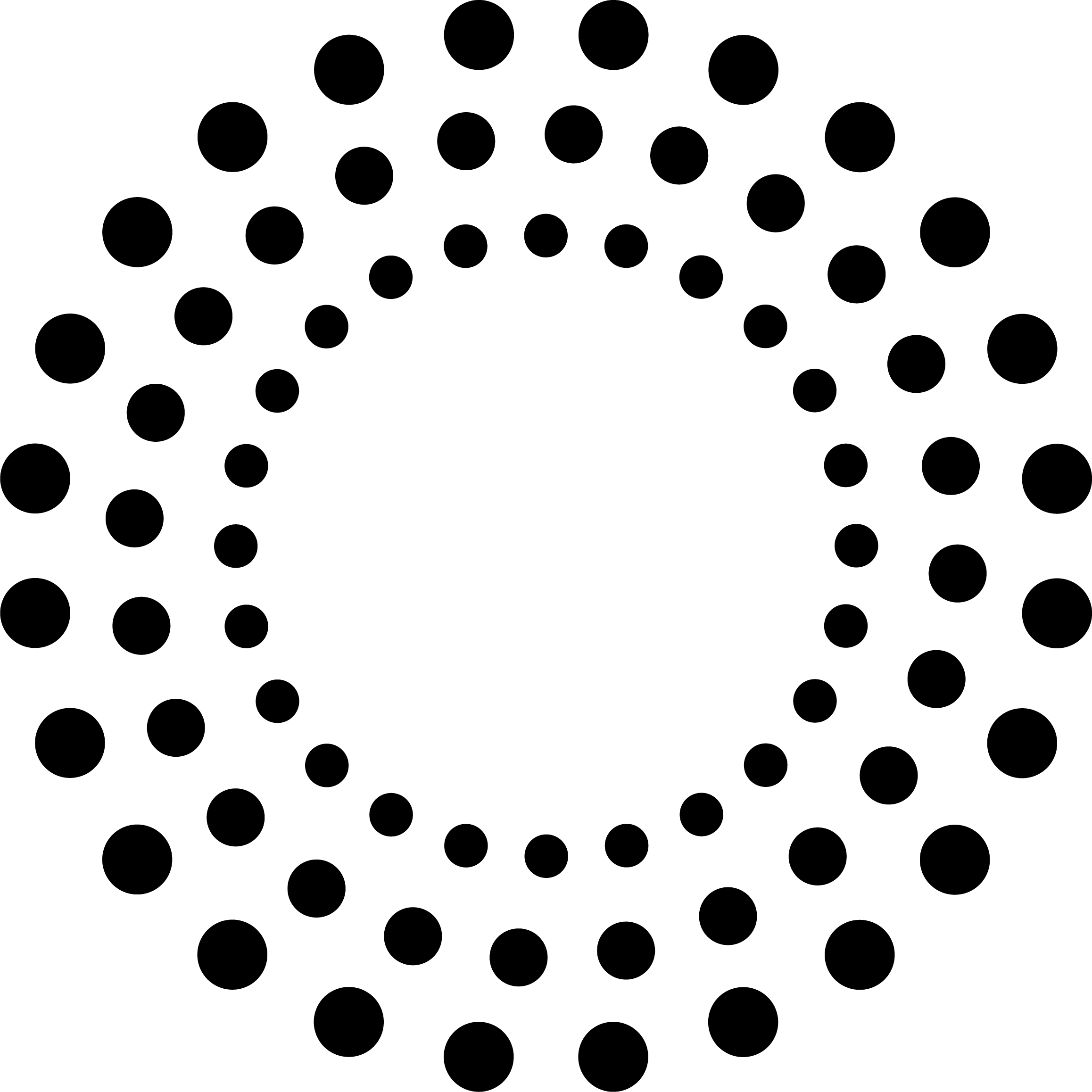




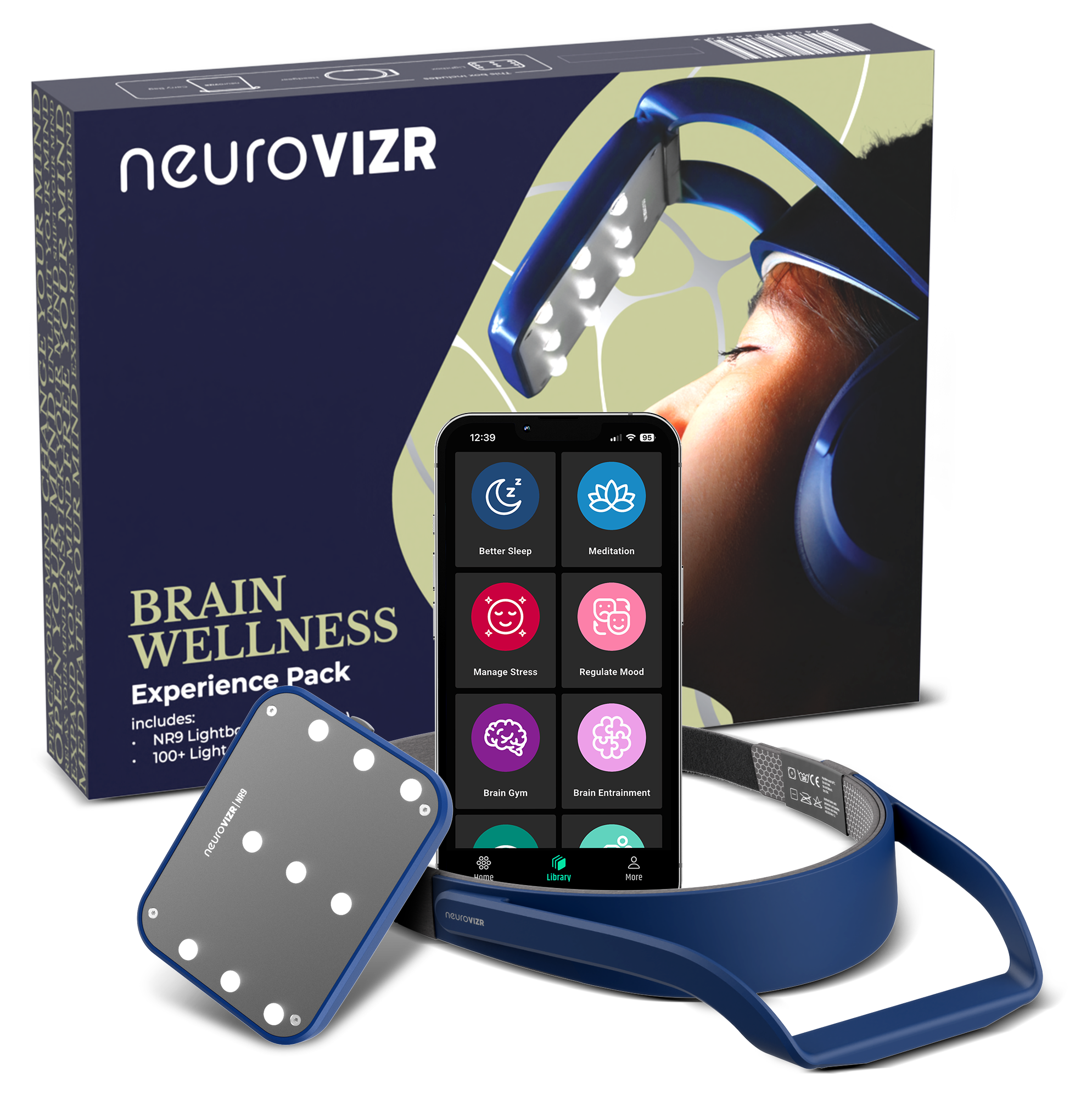

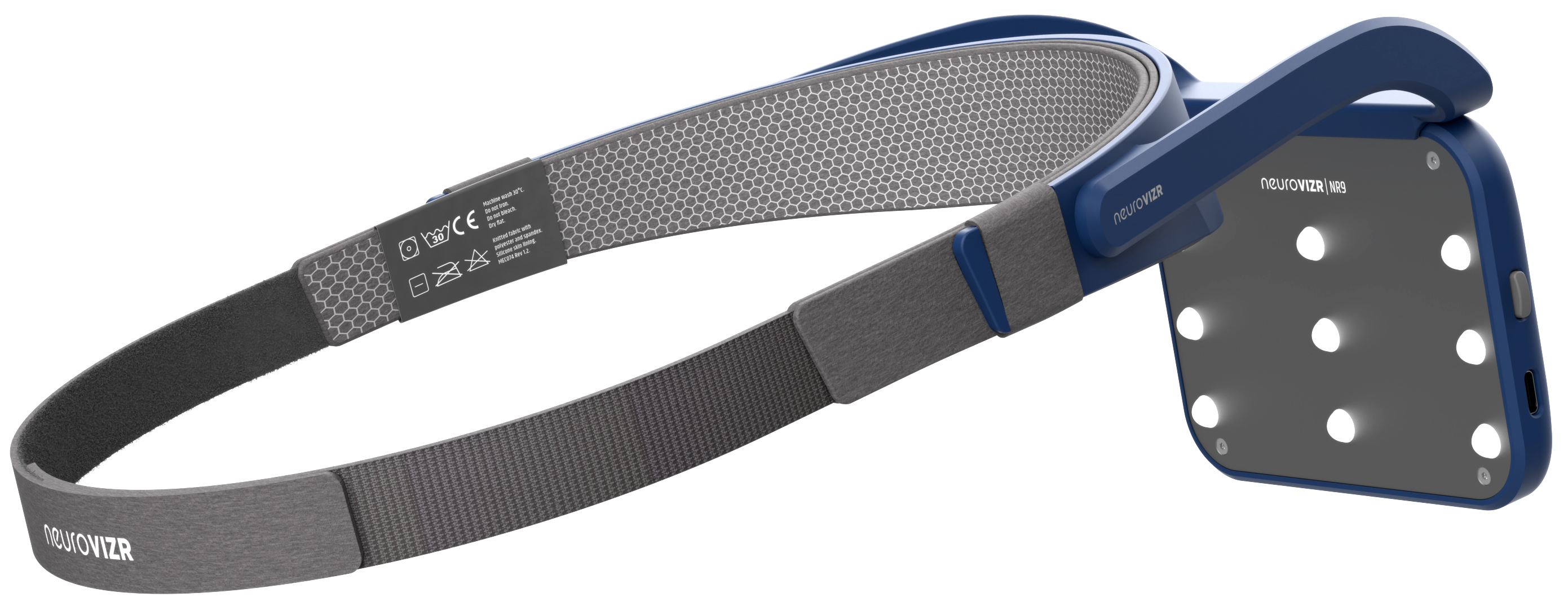
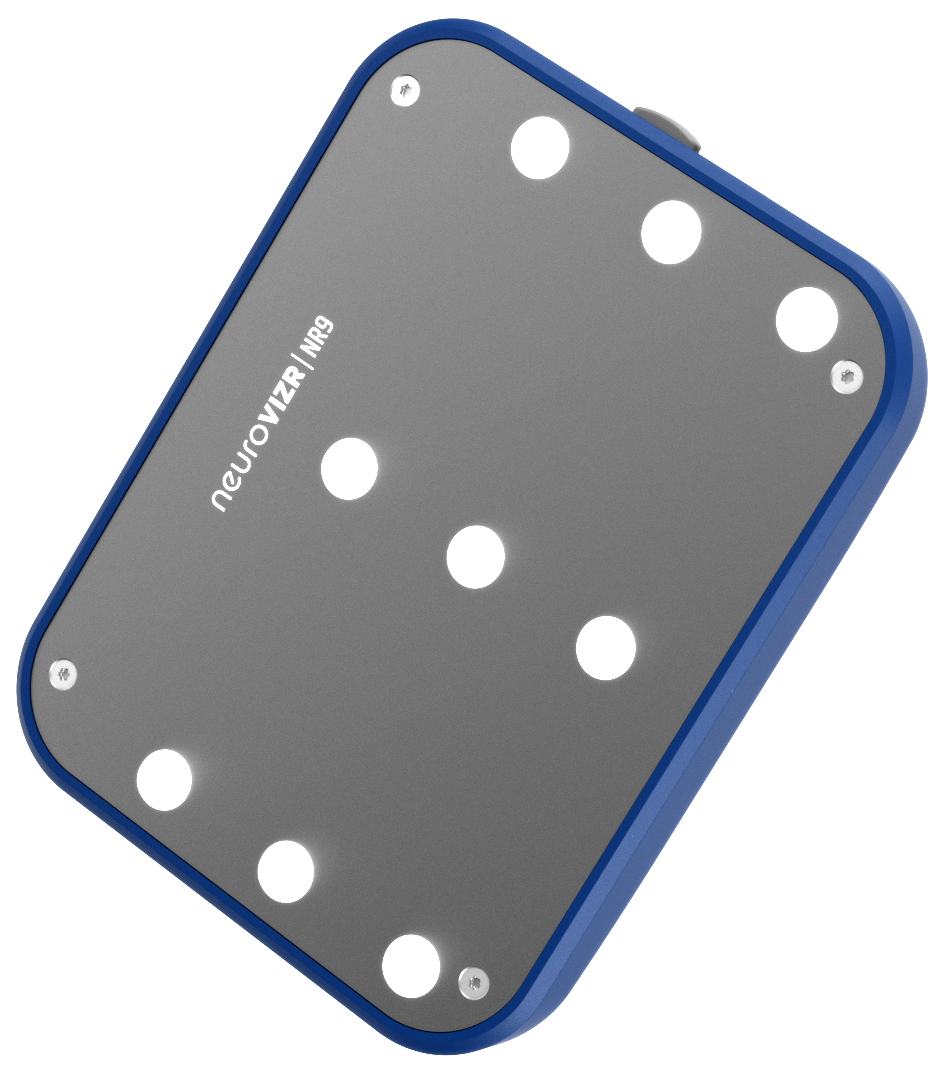
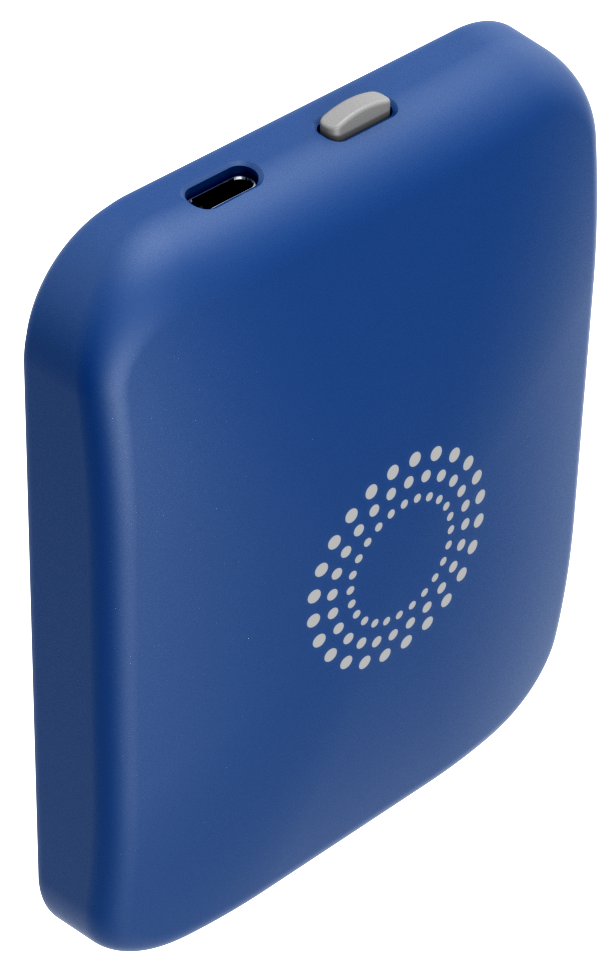
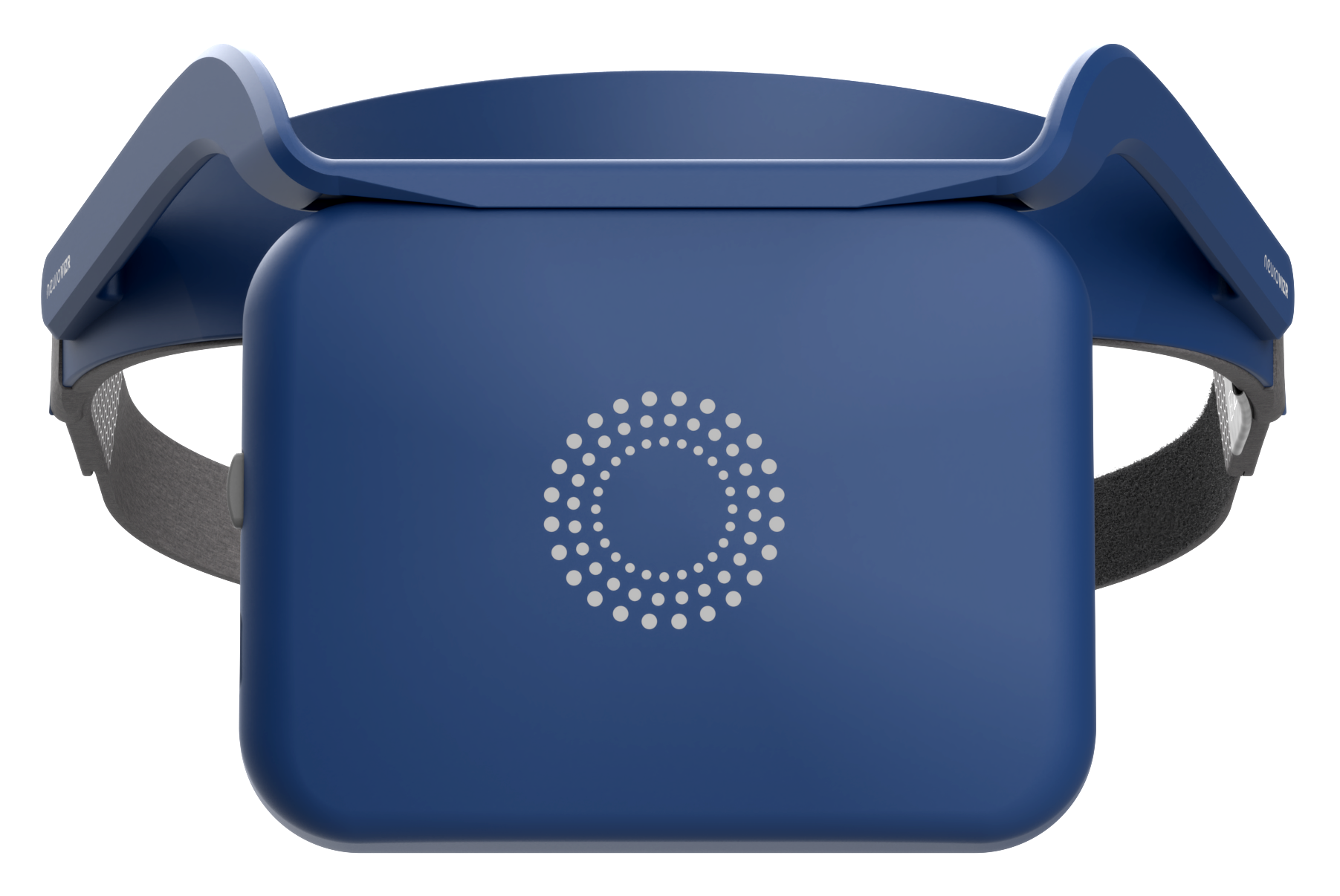
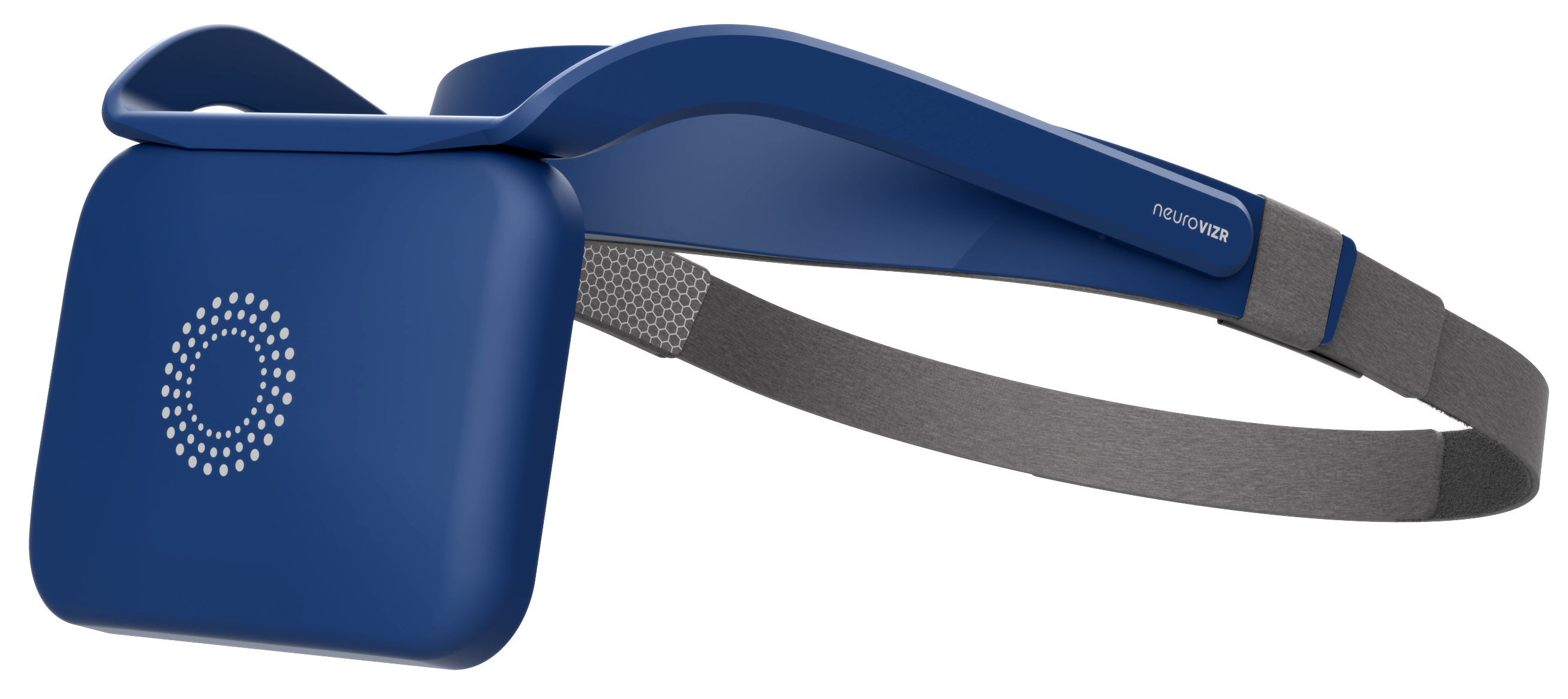
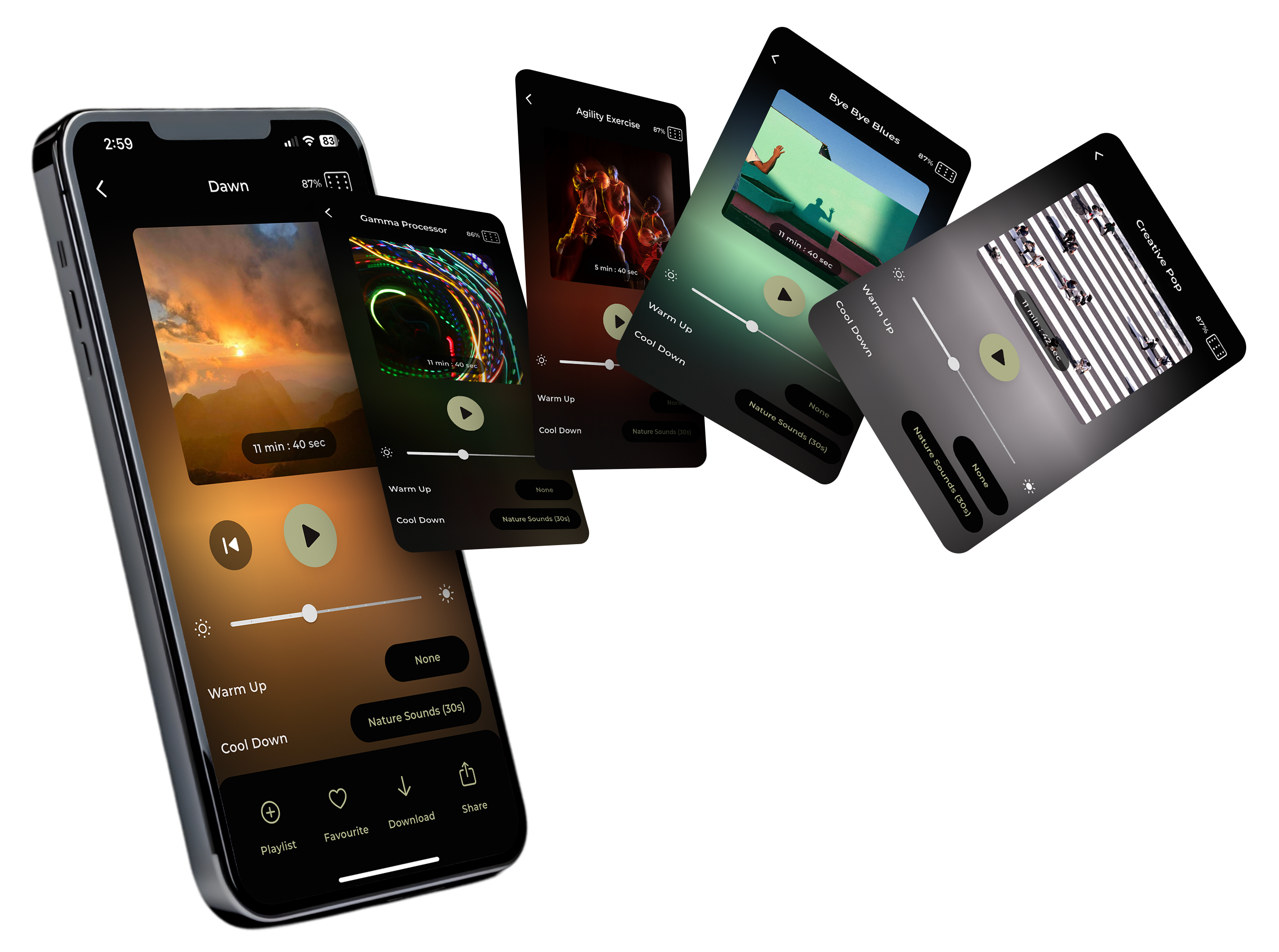
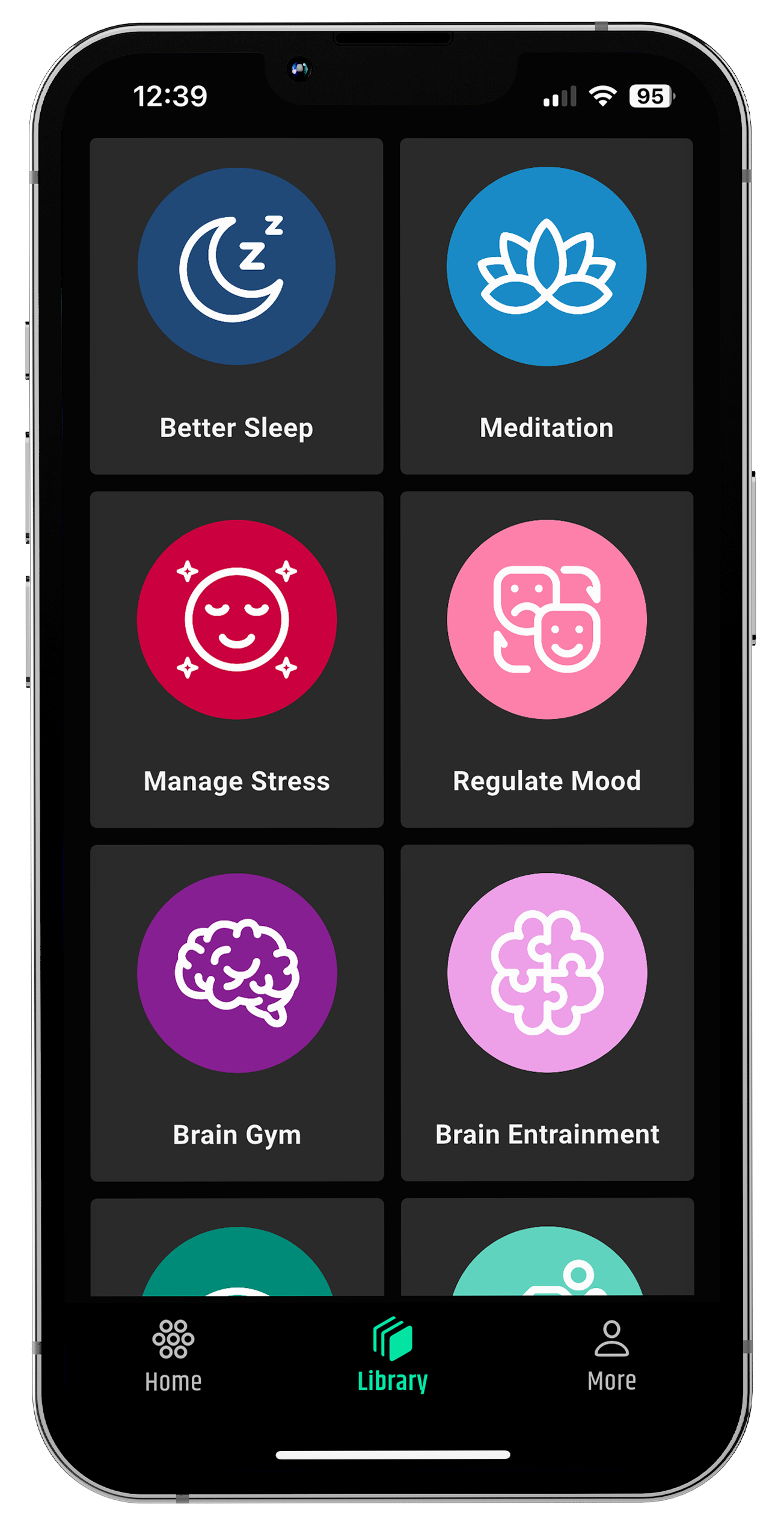
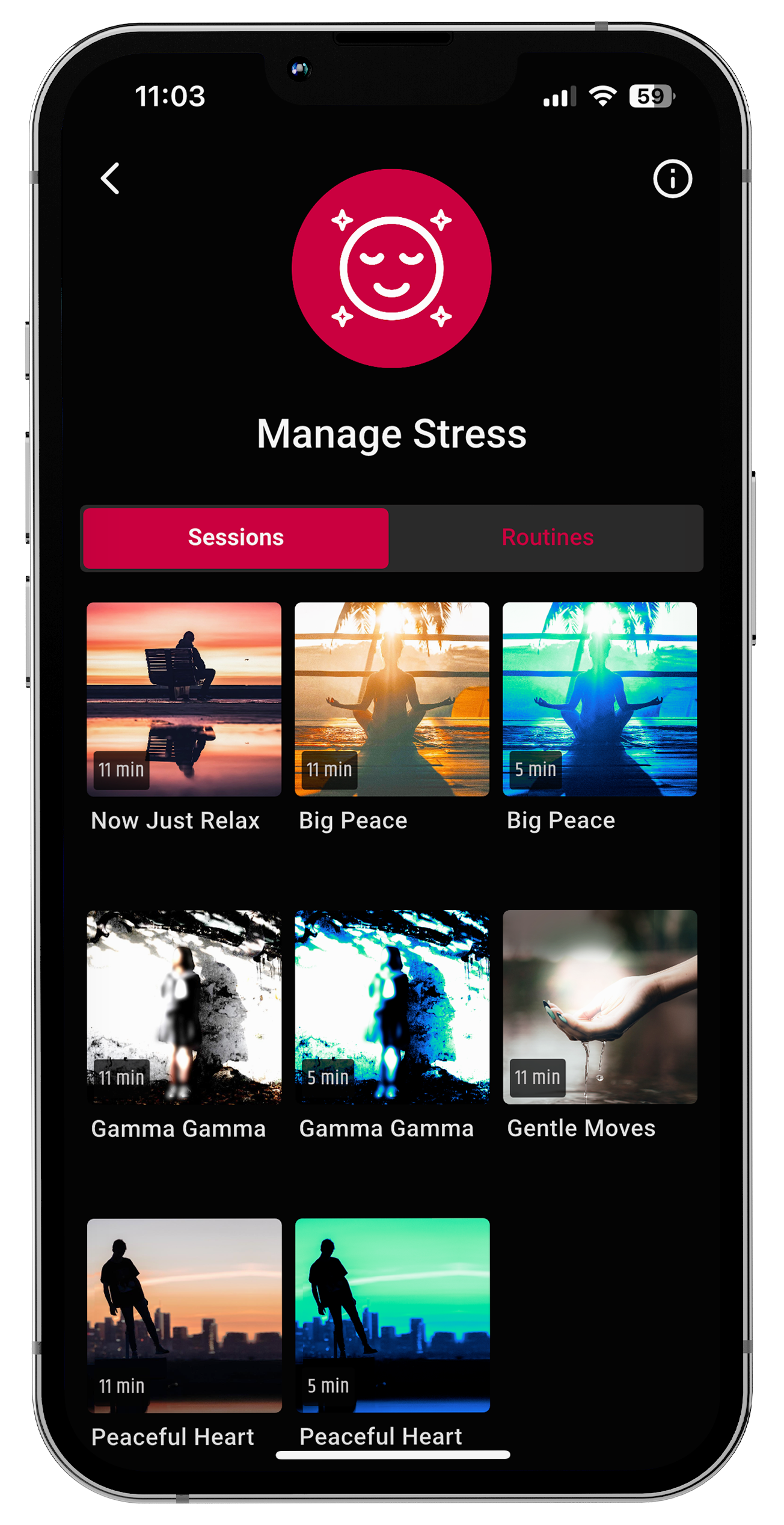
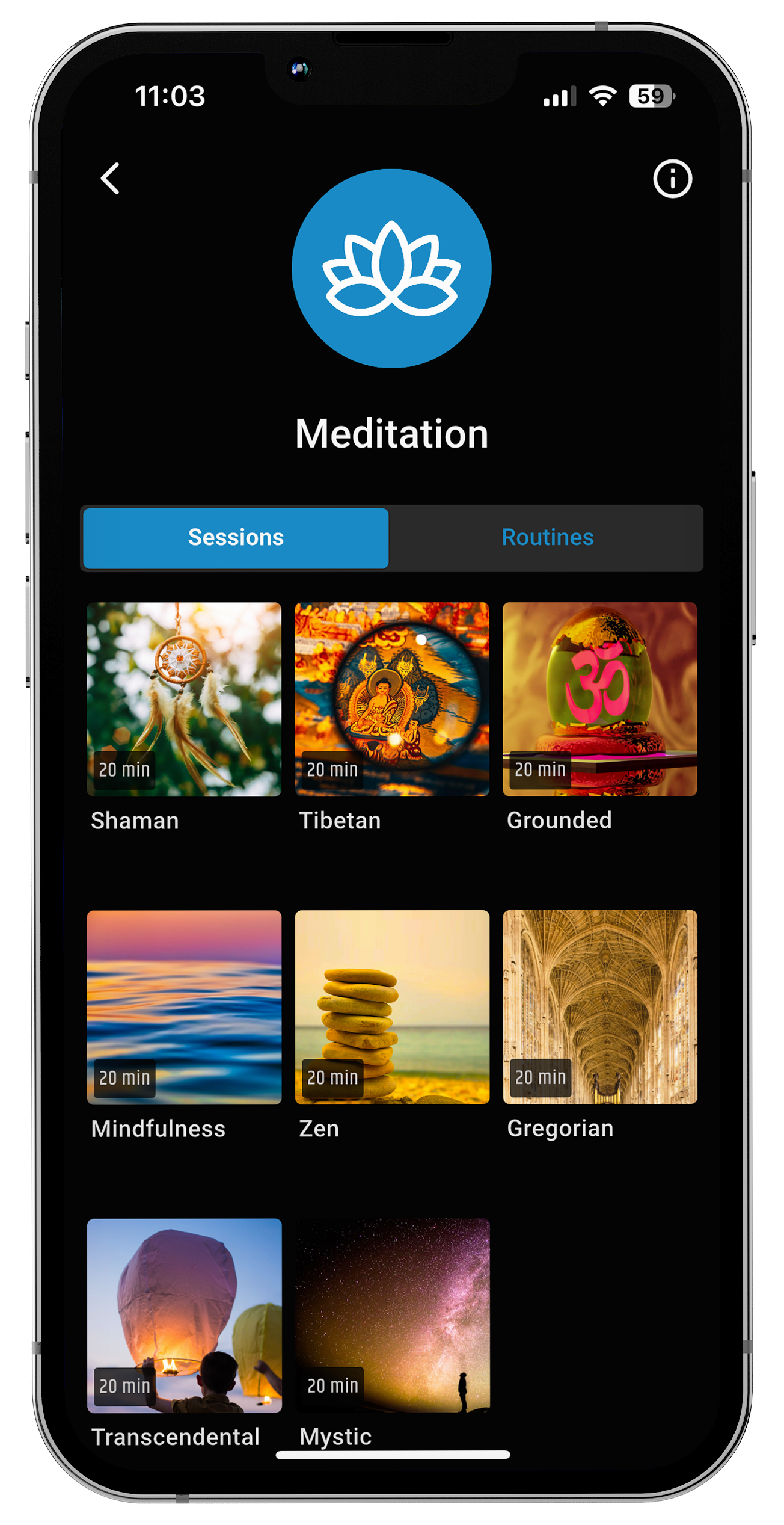
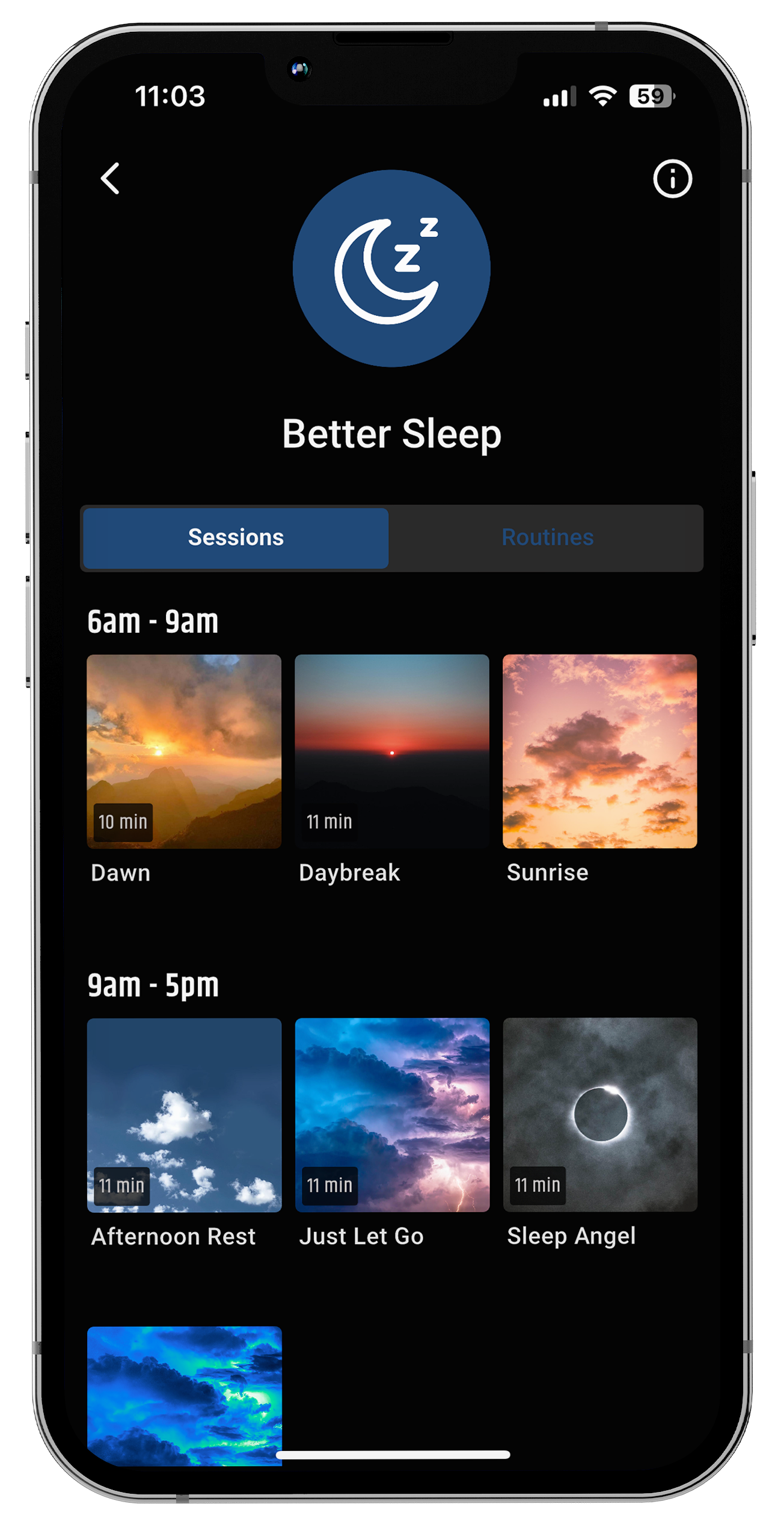
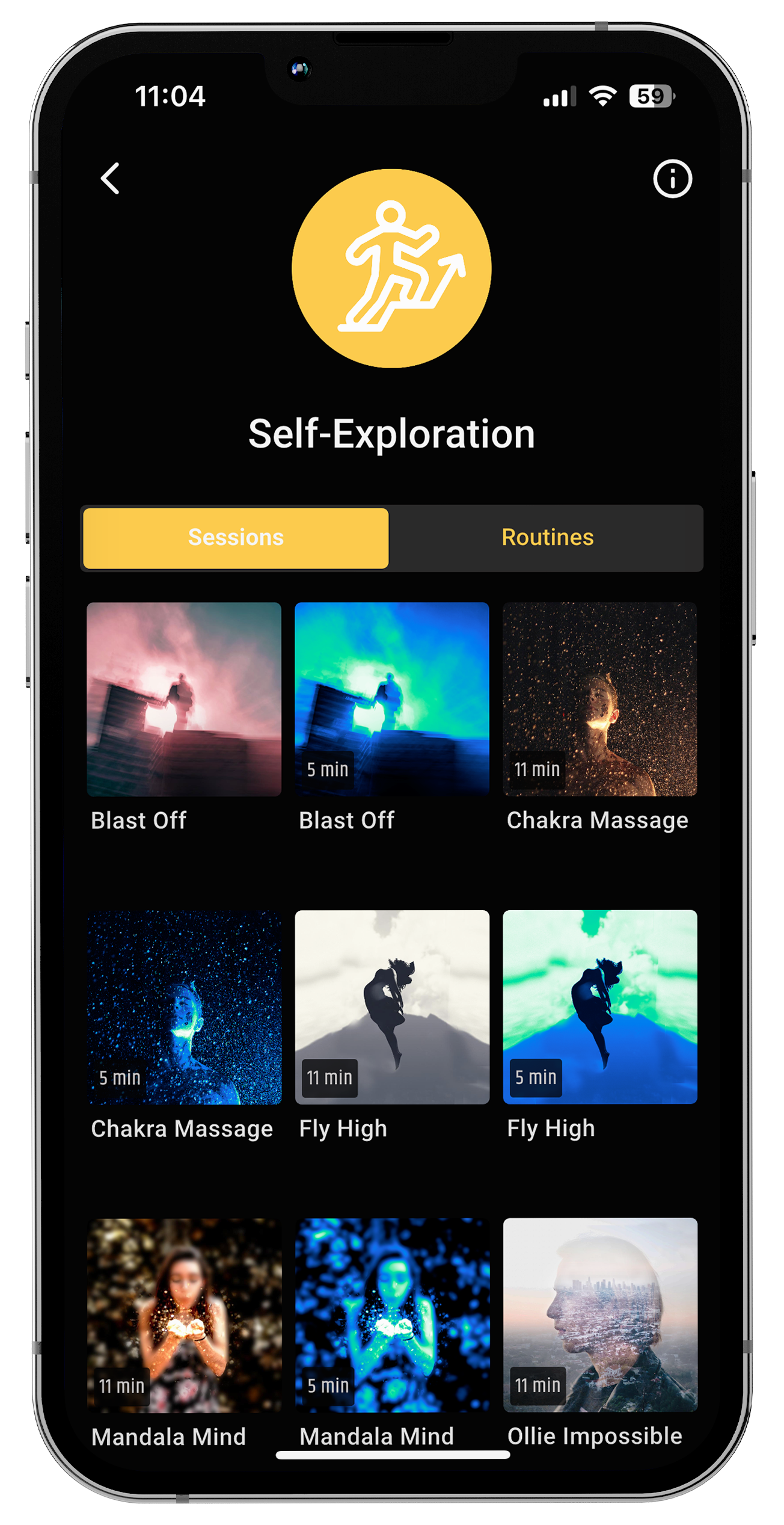
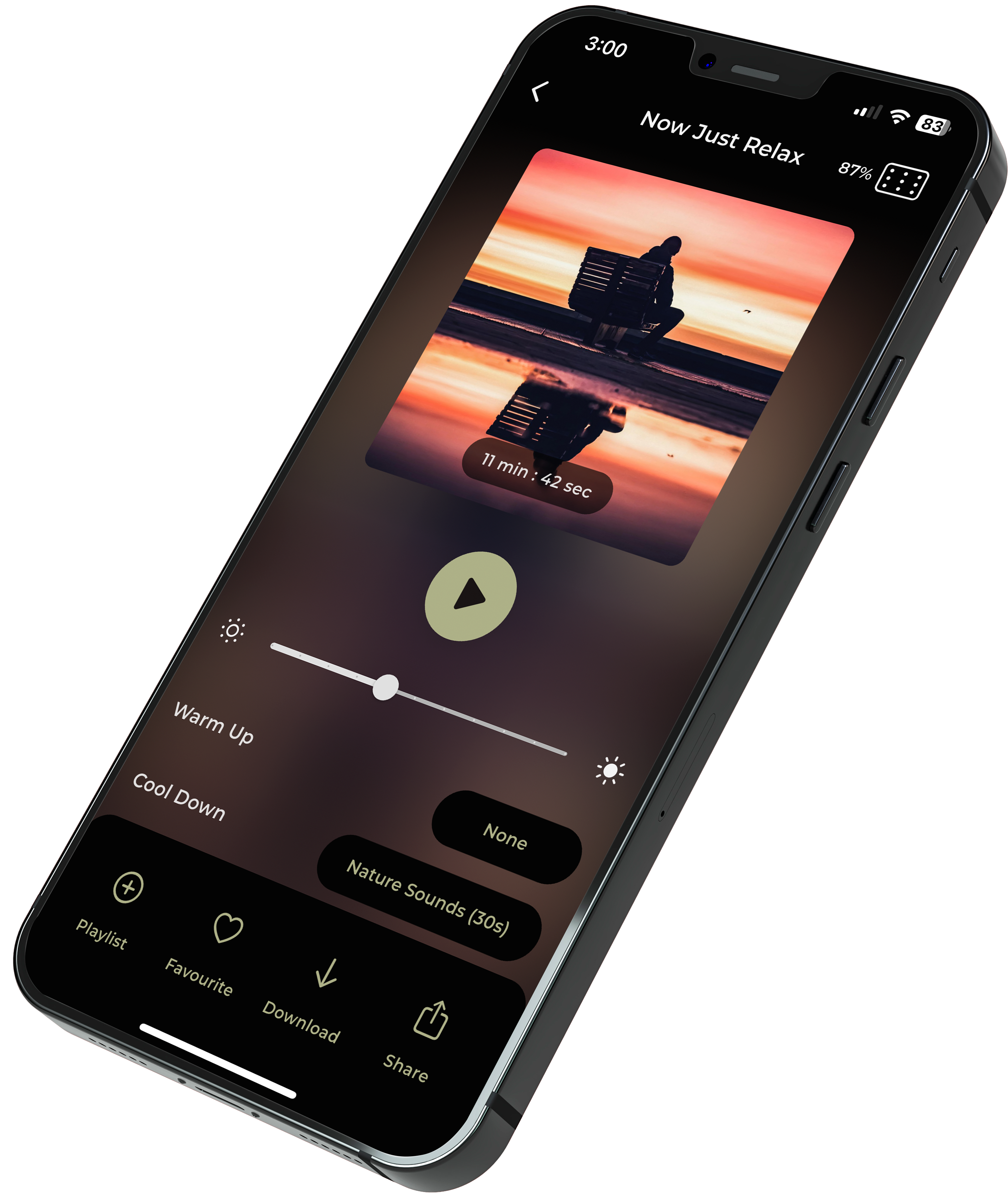


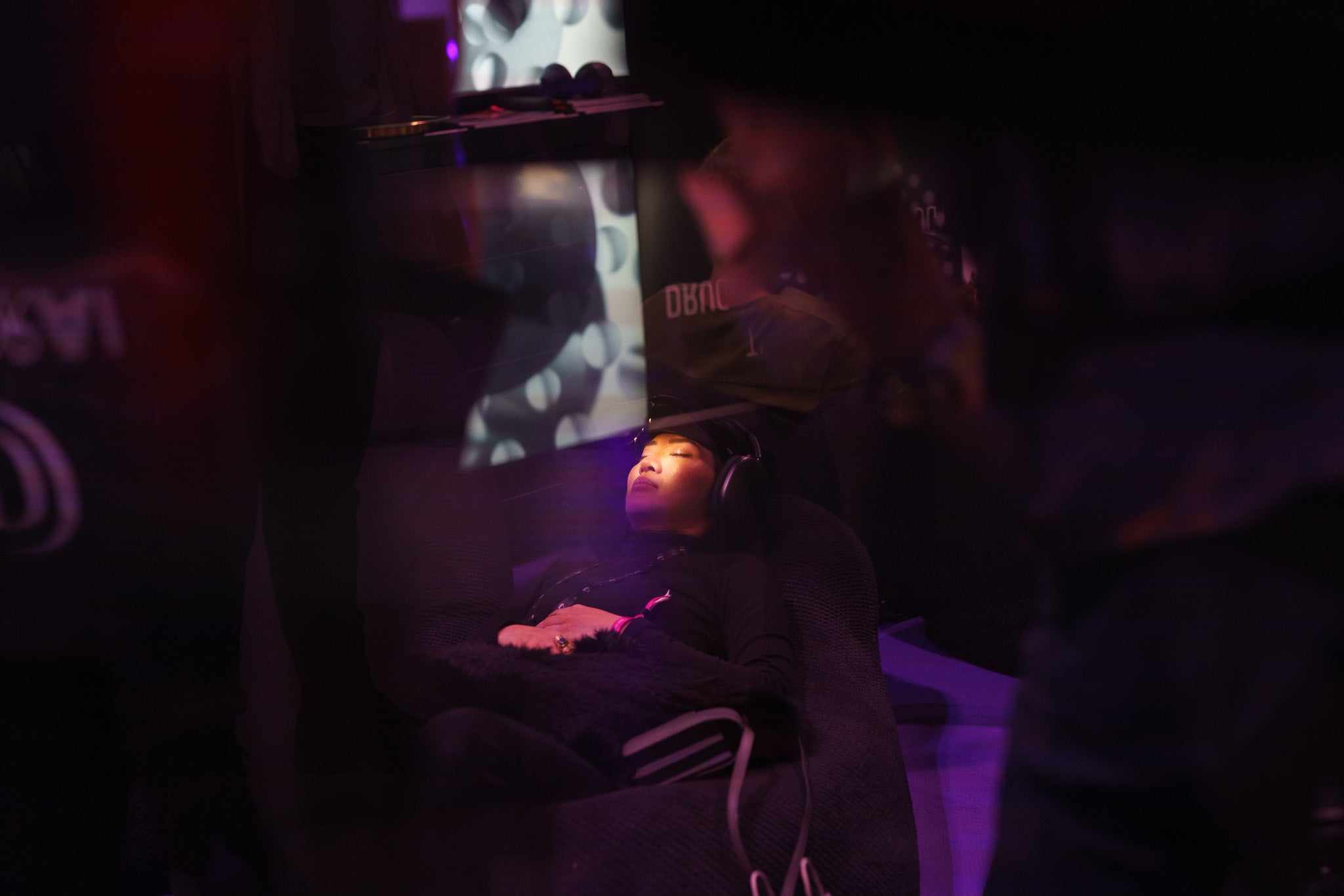




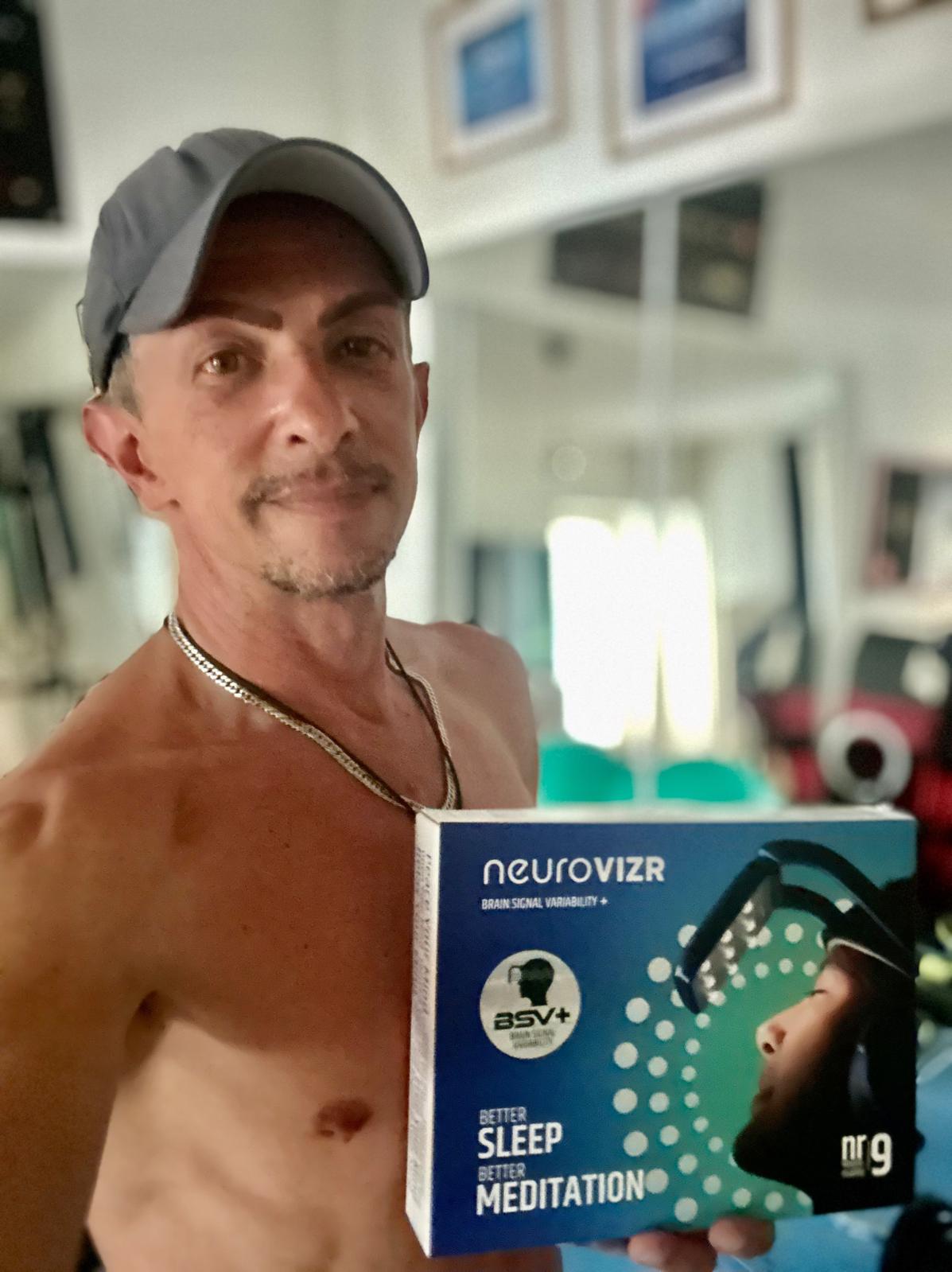
Share:
The Connection Between Brain Waves and Sleep Quality
Sleep Disorders and Natural Remedies: Can neuroVIZR Help You Sleep Better?